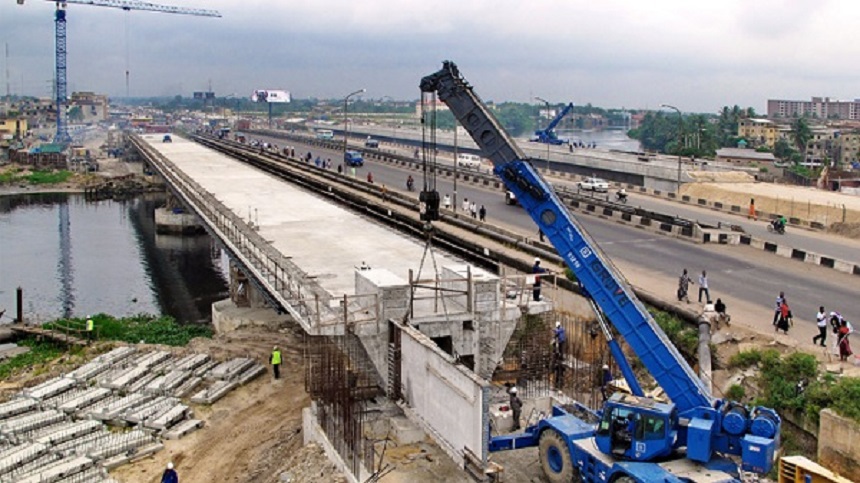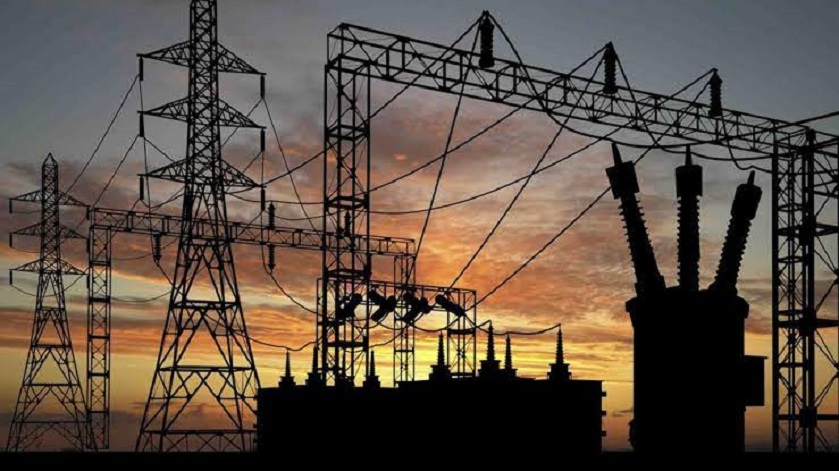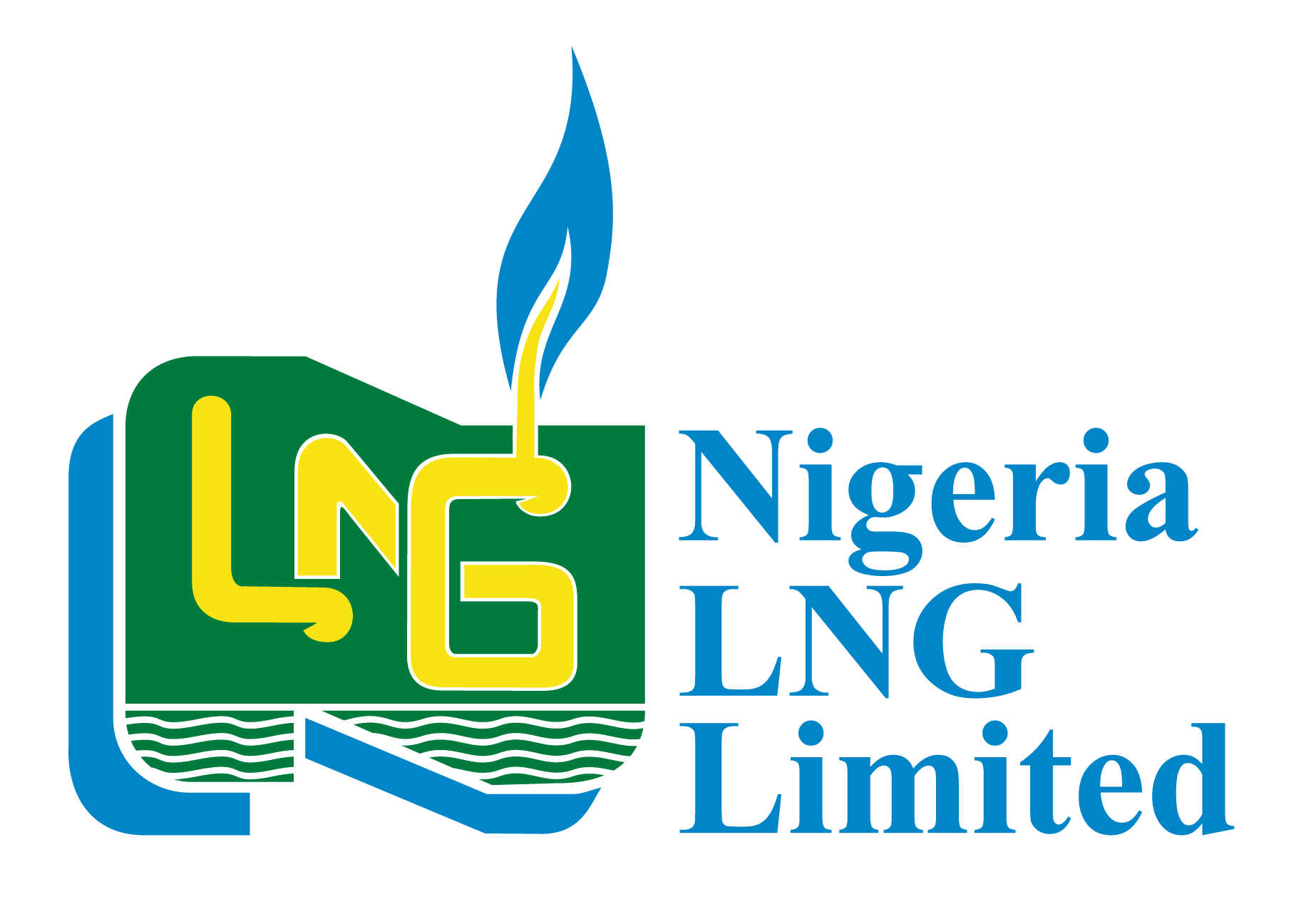General
Report Shows Shifting Patterns in Infrastructure Funding in Africa

A report by Baker McKenzie tagged New Dynamics: Shifting Patterns in Africa’s Infrastructure Funding has shown the state of the African infrastructure market and how the major global players’ approach to infrastructure lending on the continent is changing.
The study, which analysed new data from IJ Global, indicated that there has been a decline in the value of infrastructure lending in the region, which is known for its resilience and it is expected that as economies recover, new types of financing will be unlocked.
The data
The report’s data shows that multilateral and bilateral lending into Africa has declined – with investment levels falling successively in 2019 and 2020 compared to peak levels seen after the financial crisis.
In 2019, bilateral and multilateral lending into Africa amounted to USD 55 billion, which drops to $31 billion in 2020. Over the last six years, the decline is significant – deal values dropped from $100 billion in 2014 to $31 billion in 2020.
This slowdown in infrastructure investment was attributable to a number of factors, including the pandemic. The economic contraction has affected Nigeria and South Africa, meaning that the region’s largest economies have not been feeding in growth as in previous years.
However, market fundamentals signal a region with underlying resilience and, as the global economy recovers, finance will be unlocked. There are already positive indicators of forthcoming investment.
Commodity prices are rising and landmark deals are returning. For example, mining multinational Sibanye-Stillwater recently committed ZAR 6.3 billion to South African infrastructure projects.
The data also shows that deal tenor is contracting – from a high of 17 years in 2019 to 13 years in 2020. However, the long-term nature of infrastructure projects means that international partners have made lasting commitments to the region, which are unlikely to be abandoned despite immediate pressure on national finances.
China
Surprisingly, given the pandemic, the data shows that lending by Chinese banks into energy and infrastructure projects in Sub-Saharan Africa saw a small uplift in 2020, although deal values are well below their 2017 peak. In 2017, Chinese banks lent $11 billion to African infrastructure projects, which decreased to $4.5 billion in 2018, $2.8 billion in 2019 and $3.3 billion in 2020.
Simon Leung, Partner, Baker McKenzie Hong Kong, explains, “There has been a slowdown in the number of infrastructure deals from China. In the short-term, we expect to see more targeted lending – fewer projects of a higher quality using sophisticated structures – and new finance options, such as factoring, used to deploy Chinese capital into the region.”
International players
It is also clear that other international players have the region in their sights, with key political changes in the United States (US) and United Kingdom (UK) likely to see capital flow into Africa.
Michael Foundethakis, Partner and Global Head of Projects and Trade & Export Finance, Baker McKenzie Paris, notes, “The US hasn’t kept pace with Chinese lending into Africa. The recent change in administration is likely to renew focus on impact-building and financing strategic long-term projects in the region, but bankability and risk-sharing remain a priority for US lenders.”
Lodewyk Meyer, Partner, Baker McKenzie Johannesburg, notes further that, “The infrastructure funding gap is so large and of such strategic importance, it remains necessary to encourage international investment to fill it.
“African DFIs are very good at collaborating and I am encouraged by the actions of the new US administration, UK government and New Development Bank, in particular in their willingness to work with regional institutions in this regard.
“The UK is making a strong play for influence, investment and trade with Africa post-Brexit. Further to key summits held in 2020 and 2021, there are signs that finance will be redirected into Africa.”
Commercial banks
The report points to infrastructure gaps in energy provision, internet access and transportation that have resulted in an urgent imperative to identify and enable new sources of finance outside traditional lenders and international partners. Further to the expected return of multilateral and bilateral lending, there is room for evolution to bridge the funding-opportunity gap.
The report shows, however, that this vacuum is unlikely to be filled by commercial banks, noting that in 2020, just 84 projects were supported by commercial bank finance and their involvement in Development Finance Institution (DFI) and Export Credit Agency (ECA) deals continues on a downward trend.
Luka Lightfoot, Partner, Baker McKenzie London, explains, “Banks are likely to be focusing on managing liquidity, with lenders deploying capital selectively.”
DFIs and new financing solutions
Instead, local and regional banks, specialist infrastructure funds and private equity and debt are stepping in to collaborate with DFIs and access returns. This outlines the deepening DFI involvement in the infrastructure ecosystem at large, with DFIs increasingly anchoring the infrastructure ecosystem in Africa – serving a critical function for project finance as investment facilitator and a check on capital.
This is because they can shoulder the political risk and access government protections in a way that others can’t, enter markets others can’t and are uniquely capable of facilitating long-term lending.
The report explains how the amount of capital needed to fill the infrastructure gap is significant and DFIs can’t bridge it alone. Private equity, debt finance and specialist infrastructure funds are primed to enter the market, and multi-finance and blended solutions are expected to grow in popularity as a way to de-risk deals and support a broader ecosystem of lenders.
Lightfoot comments, “We expect to see an increase in non-bank activity in Africa in future as a result of new credit mitigation products come to market. We have seen an increase in appetite from established market participants, such as development banks, to create products that are not tied to existing arrangements that may have limited the type of finance available.”
A new era
Lamyaa Gadelhak, Partner and Co-head of Banking, Finance and Projects at Helmy, Hamza & Partners, Baker McKenzie Cairo, adds, “The pandemic represents the end of an era and the start of a new one. There will be a re-prioritization of funds and strategy through this lens. I expect to see more investments in the healthcare industry and connected infrastructure, as well as water-related projects, to be a top priority. We should also consider the impact of other factors aside from the pandemic.
“For instance, the African Continental Free Trade Agreement and what it needs to translate into increased cross-regional trends. I would expect the development of transportation and logistics infrastructure-focused projects to enable the acceleration of on-ground execution of intra-African trade.”
Emeka Chinwuba, Partner, Baker McKenzie New York, and Banking, Finance & Major Projects Group member, concludes, “Last year was a relatively difficult year across jurisdictions and for investors – with considerable uncertainty and change in the ways in which we do business.
“Shutdowns had a depressant effect on the infrastructure market, as deals in the pipeline were delayed and projects halted as a result of COVID-19. Full vaccination in Africa is still quite a long way off comparatively, so we can’t expect a full and fast return to normal activity. But we’ve reached the bottom, and the only way is up.”
General
Power Outage in Nigeria as National Grid Collapses

By Aduragbemi Omiyale
Nigeria is currently experience a cut in power supply after the national grid collapsed for the 11th time in 2024.
This is the first time in over a month as the last time the nation witnessed a nationwide shut down in electricity supply was on November 7, 2024.
Before then, the country was experiencing an incessant collapse of the grid, which prompted the federal government to set up a team to address the issue.
However, just when Nigerians were thinking they will not witnessed another national grid collapse in the year, it issue reared its ugly head again.
On Wednesday afternoon, most of the energy distribution companies suffered power outage, prompting them to inform their customers of the situation.
One of the DisCos, Ikeja Electric Plc, in a message to electricity consumers under its franchise area, said, “Please be informed that we experienced a system outage today, December 11, 2024, at about 13:32 hours affecting supply within our network.
“Restoration of supply is ongoing in collaboration with our critical stakeholders. Kindly bear with us.”
Recall that on Tuesday, in a report, Google listed national grid as one of the top trending searches by Nigerians this year.
General
NLNG to Replace Vessels in Move Towards Decarbonisation, Sustainability

By Adedapo Adesanya
The Nigerian LNG Limited (NLNG), which produces Nigeria’s Liquified Natural Gas (LNG) and natural gas liquids (NGLs) for export, is planning to replace all its vessels with modern ships within the next decade.
This was disclosed by Mr Nnamdi Anowi, the General Manager of Production, NLNG, during the World Leaders’ Panel session on Tuesday in Berlin, Germany, as part of the 2024 World LNG Summit and Awards.
Speaking at the event themed “Achieving the Balance Between Energy Security and Decarbonisation,” he said the company which was incorporated in 1989 was making plans to boost its vessels to ensure proper transportation of gas for export.
“We are making significant strides in our shipping operations. Over the next 10 years, we aim to transition from our current steam-powered vessels to modern ships.
“Earlier this year, we took a major step by entering into a long-term chapter of our first modern ship Aktoras, and we are already planning to acquire a second ship next year,” he said.
On the critical issue of net zero emissions, Mr Anowi said that NLNG aspires to achieve net zero emissions by 2040.
According to him, this goal is attainable through implementing a combination of solutions that include operational efficiency, natural sinks/offset projects, carbon capture and storage (CCS), net zero expansion, digital solutions and shipping efficiency.
“Our pathway to net zero aligns with Nigeria’s target of reaching net zero by 2060, while many major players in the industry are aiming for 2050.
“We are actively expanding our initiatives in this area, including several low-carbon projects,” he explained.
Regarding Liquefied Petroleum Gas (LPG), Anowi noted that the company had committed 100 per cent of its LPG production (propane and butane) to the Nigerian market.
He pointed out the urgent need for cleaner energy, citing a report that revealed that not less than 100,000 Nigerians died yearly from smoke inhalation caused by cooking with firewood, predominantly affecting women and children.
“This underscores our commitment to sustainability. It’s important to recognise that about 80 per cent of Africans lack access to cleaner energy.
“When discussing sustainability, we can not overlook the necessity of providing energy to these communities,” he added.
He further elaborated on NLNG’s strategy, stating, “Our objective at Nigeria LNG is to maintain safety, enhance capacity, foster growth, and future-proof our business.
“The recent transformation programme includes a rebranding initiative, evidenced by the unveiling of a new logo and the company’s renewed purpose: providing energy for life’s sustainability.
Mr Anowi also noted that NLNG was working diligently to improve its production capacity from 23 million tons to 30 million tons through its Train 7 Project.
“We are actively engaging with stakeholders and the government to ensure our LNG trains are filled by the end of next year,” he said.
On sustainability, Mr Anowi explained that 75 per cent of NLNG’s emissions result from its operations, with the remaining 25 per cent coming from its shipping activities.
He emphasised the importance of measurement, reduction, avoidance and mitigation strategies in their sustainability efforts.
He said that the company was also exploring CCS opportunities through partnerships with the government and other international oil companies.
“We are in the early stages of CCS implementation, assessing potential reservoirs for this purpose,” he said.
In terms of renewable energy, Anowi said that NLNG was investigating solar power projects at its offices in Abuja and Port Harcourt as part of its broader sustainability initiatives.
“We are committed to abatement efforts and are collaborating with experienced private companies to explore carbon credit opportunities.
“We must balance sustainability with affordability and reliability in energy supply.
“The African region must progress at its own pace, prioritising immediate energy needs before addressing long-term sustainability goals,” he explained.
General
National Grid, Mr Ibu Among Top Trending Searches by Nigerians in 2024

By Dipo Olowookere
Many events happened in 2024 in Nigeria but a few shook the nation because of their impact on residents of the country.
According to a report released by Google, the incessant collapse of the national grip, which plunged the nation into darkness, was among trending searches on its platform.
In the report made available to Business Post on Tuesday, the tech giant said this year’s results show a continued interest in the political and economic landscape, with searches related to the US elections, the new national anthem.
“The 2024 Year in Search offers a unique lens into the questions, interests, and conversations that shaped the lives of Nigerians this year.
“From cultural milestones to pressing concerns, these insights reflect how Search continues to be a valuable tool for users to navigate and better understand their world,” the Communications and Public Affairs Manager for Google West Africa, Taiwo Kola-Ogunlade, stated.
Google’s 2024 Year in Search for Nigeria showcased the most popular searches, notable individuals, actors, musicians, topics, questions, and other subjects that captured Nigerians’ attention in the year.
Google’s Year in Search is an annual analysis that reveals the top trending lists and also spotlights what the world searches to see, learn, and do.
The music scene in 2024 was marked by a surge in popularity for artists like Shallipopi and Khaid, who also featured prominently in the overall personalities list. The top trending song was “”I Don’t Care” by Boy Spyce”, followed closely by “Ozeba” and “Commas” by Ayra”. Nigerians also showed a keen interest in understanding the lyrics of various songs, with “Ogechi lyrics”, “Ozeba lyrics”, and “Omemma by Chandler Moore lyrics” leading the searches in the lyrics category.
This year, Nigerians continued to demonstrate a strong interest in entertainment with movies like “A Tribe Called Judah”, “Treasure In The Sky”, and “Damsel” topping the movie charts. The top TV series that captured the interest of Nigerian netizens included “Supacell”, “My Demon”, and “Queen of Tears”. In the culinary world, Nigerians explored diverse recipes with “Pornstar Martini recipe” leading the searches.
Concerns about personal well-being and global events were also reflected in search trends. Questions like “How much is dollar to naira today?”, “How to get perfectly defined curls for African hair?”, and “Who won the US presidential election?” topped the list of queries. Nigerians were curious about the meaning of words like “demure,” “steeze,” and “pet peeves,” turning to Search for answers.
-

 Feature/OPED5 years ago
Feature/OPED5 years agoDavos was Different this year
-
Travel/Tourism8 years ago
Lagos Seals Western Lodge Hotel In Ikorodu
-

 Showbiz2 years ago
Showbiz2 years agoEstranged Lover Releases Videos of Empress Njamah Bathing
-

 Banking6 years ago
Banking6 years agoSort Codes of GTBank Branches in Nigeria
-

 Economy2 years ago
Economy2 years agoSubsidy Removal: CNG at N130 Per Litre Cheaper Than Petrol—IPMAN
-

 Banking2 years ago
Banking2 years agoFirst Bank Announces Planned Downtime
-

 Sports2 years ago
Sports2 years agoHighest Paid Nigerian Footballer – How Much Do Nigerian Footballers Earn
-

 Technology4 years ago
Technology4 years agoHow To Link Your MTN, Airtel, Glo, 9mobile Lines to NIN











